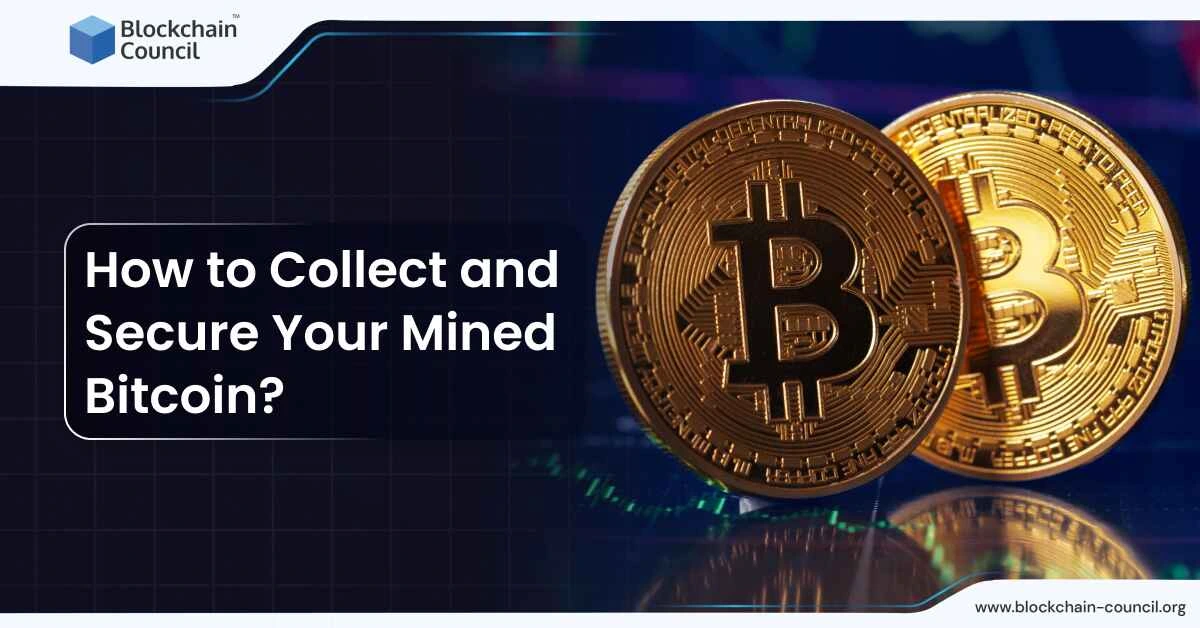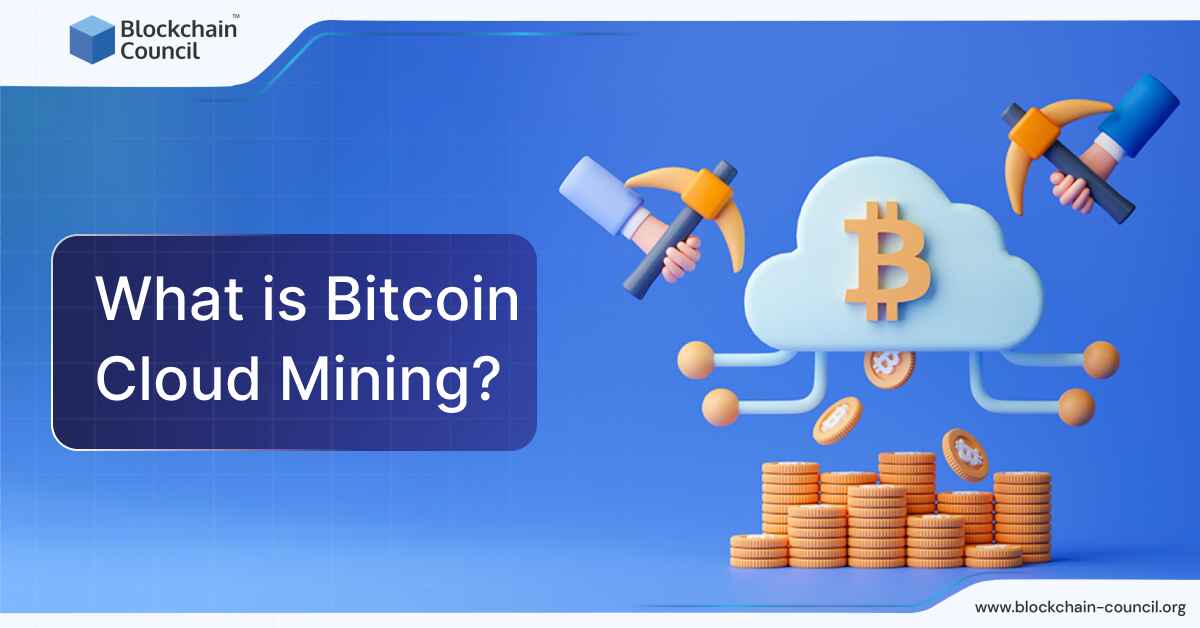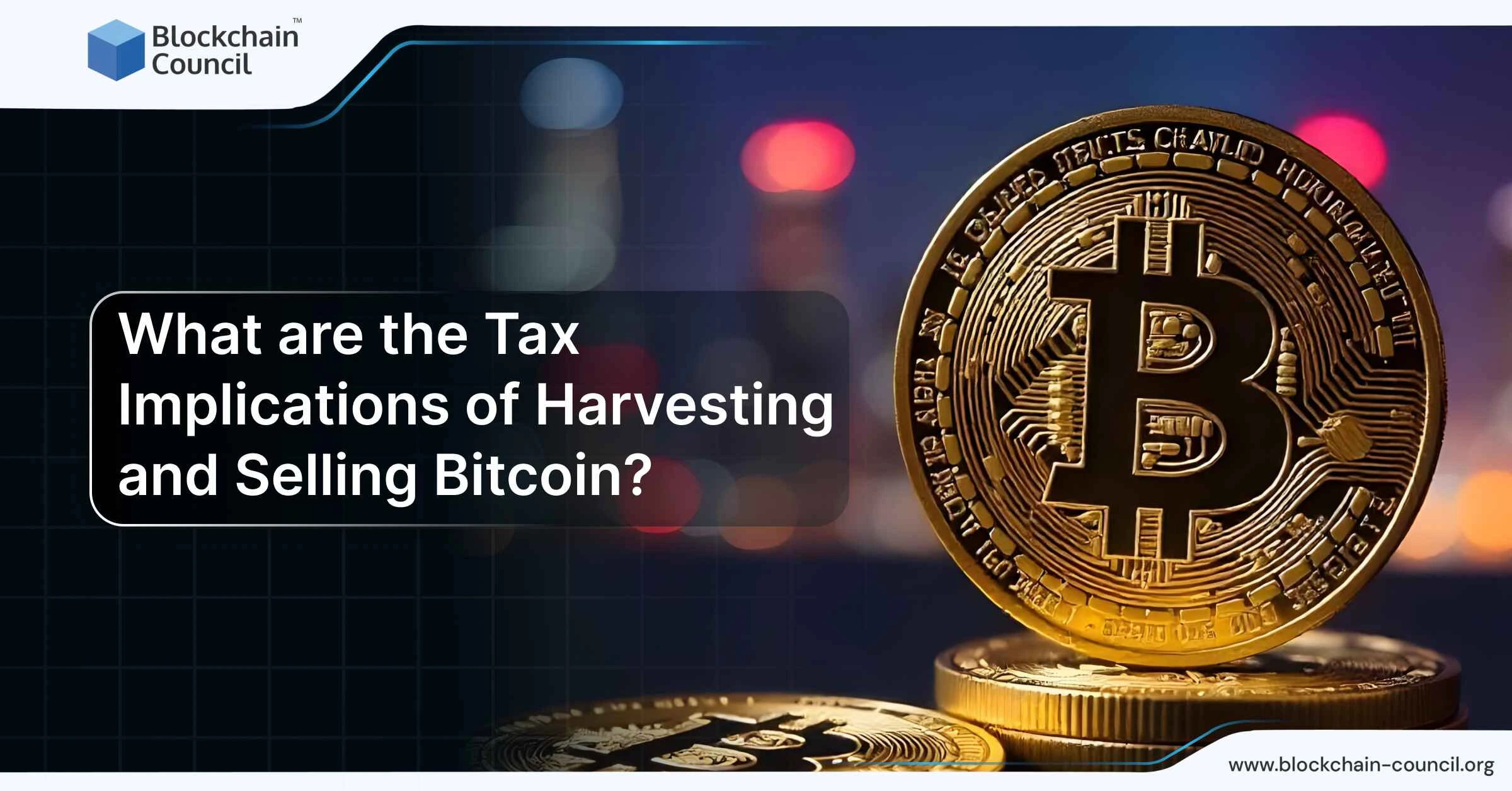
- Blockchain Council
- October 03, 2024
Mining Bitcoin can be a profitable task, but it brings its own range of difficulties. Once you’ve mined Bitcoin, the next step is to ensure that you collect and secure it properly. This process might seem complex at first, but with the right approach, you can safeguard your hard-earned Bitcoin effectively. Let’s walk through the essential steps.
Collecting Your Mined Bitcoin
Mining Setup and Operation
Before you can collect Bitcoin, you need to mine it. This requires using specialized equipment, like ASICs (Application-Specific Integrated Circuits). They are built specifically for mining. Setting up your mining rig is the first step, where you connect your equipment, configure your mining software, and join a mining pool if you prefer collaborative mining. Pools allow you to share your computing power with others, improving your chances of earning Bitcoin regularly by splitting rewards proportionally.
Mining Pools vs. Solo Mining
For beginners, joining a mining pool is often more practical than solo mining. In a pool, you contribute to a collective effort, and the pool distributes earnings based on each miner’s contribution. Solo mining, while potentially more rewarding if successful, involves greater risk and requires significant computing power, making it less feasible for those just starting.
Securing Your Mined Bitcoin
Setting Up a Secure Wallet
After mining Bitcoin, you need a safe location to keep it. A cryptocurrency wallet is crucial for this. For the highest level of security, use a hardware wallet. This physical device keeps your Bitcoin offline. It also lowers the risk of hacks. Hardware wallets are less exposed to online dangers than software wallets, which are linked to the internet.
Transferring Bitcoin to Your Wallet
After mining, your Bitcoin is typically sent to a wallet address associated with your mining pool or rig. It’s crucial to transfer these funds to a secure wallet as soon as possible. When setting up your wallet, ensure that you record your seed phrase—a critical backup that can recover your wallet if you lose access to your hardware or forget your password.
Security Best Practices
Securing your Bitcoin involves more than just using a hardware wallet. You must also protect your mining operation from cyber threats. This involves setting strong passwords, activating two-factor authentication (2FA) on your accounts, and ensuring your wallet’s firmware stays updated. Additionally, be cautious of phishing attacks, which are deceptive attempts to steal your private keys or personal information.
Using Cold Storage for Long-Term Holding
For those looking to hold Bitcoin long-term, cold storage offers an extra layer of security. Cold storage means keeping your Bitcoin in a wallet that is completely offline, such as a hardware wallet stored in a safe place. This method is immune to online hacking attempts and is ideal for storing large amounts of Bitcoin that you don’t plan to access frequently. Further, pursuing a certification in Bitcoin like the Certified Bitcoin Expert™ provides a deeper understanding to collect and secure your mined Bitcoin.
Transferring Bitcoin Safely
When transferring Bitcoin from one wallet to another or to an exchange, take extra precautions:
- Double-Check Addresses: Bitcoin transactions cannot be undone. Always verify the recipient’s wallet address before finalizing a transaction to prevent sending Bitcoin to an incorrect address.
- Transaction Fees: Be mindful of transaction fees. Higher fees usually lead to quicker confirmation times for transactions. If you’re transferring a significant amount, opting for a higher fee can reduce the risk of delays.
Managing Risks
Understanding Volatility
Bitcoin’s value can fluctuate significantly, which affects the overall profitability of mining. To mitigate the risks associated with these price swings, consider strategies like dollar-cost averaging if you plan to sell some of your Bitcoin. This involves selling small amounts at regular intervals rather than all at once, helping to spread out the impact of market volatility.
Staying Updated on Regulatory Changes
Regulations around cryptocurrency are constantly evolving. It’s important to stay updated on the legal situation in your area to prevent any unforeseen legal problems. Some countries have favorable regulations for mining, while others may impose restrictions or high taxes on cryptocurrency earnings.
Joining a Mining Pool: Is It Necessary?
If you’re mining Bitcoin on a small scale, joining a mining pool can be helpful. A mining pool allows you to combine your resources with other miners to increase the chances of solving a block. The rewards are shared among the members according to their contributed computing power. However, be aware that mining pools often charge fees, and the security of your earnings depends on the pool’s reliability.
Conclusion
Collecting and securing your mined Bitcoin requires careful planning and execution. By using hardware wallets, enabling 2FA, and maintaining backups, you can greatly lower the risk of losing your Bitcoin due to hacks or accidents. Bitcoin represents a significant financial investment, and taking these steps ensures that your hard-earned cryptocurrency remains safe in the ever-evolving digital landscape. If you’re new or aiming to improve your skills, cryptocurrency certifications offer the structured support needed to excel in this changing field.





































































 Guides
Guides News
News Blockchain
Blockchain Cryptocurrency
& Digital Assets
Cryptocurrency
& Digital Assets Web3
Web3 Metaverse & NFTs
Metaverse & NFTs
